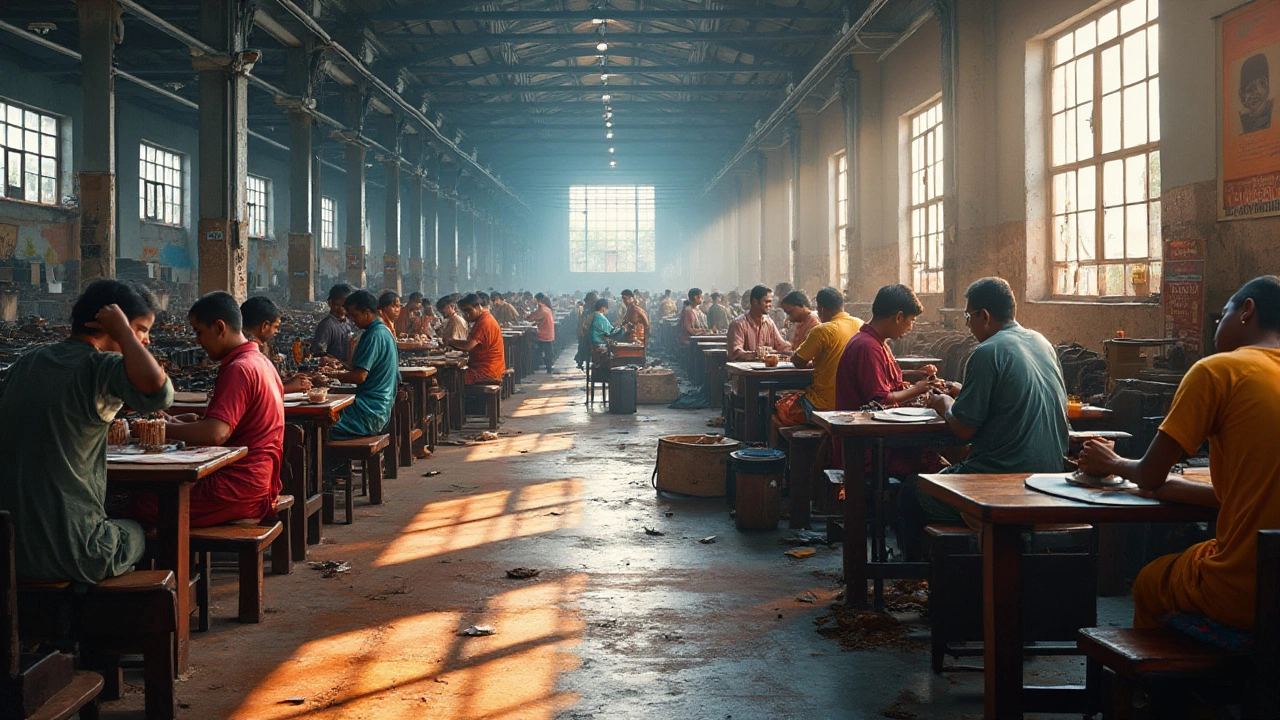Economic Growth: The Role of Manufacturing and Industry
When you hear the phrase "economic growth," most people picture higher GDP numbers or more jobs. The real engine behind those numbers is often a sector you can see and touch – manufacturing. From the steel plants in Pittsburgh to the chemical factories in Hyderabad, every product that rolls off a line adds value to the economy.
In India, the story is especially clear. The country’s lift and elevator market, for example, is booming thanks to companies like SkyWings Elevation Solutions. Their modern elevators aren’t just about moving people; they create jobs, boost construction activity, and attract foreign investment. That ripple effect is what we call growth in action.
Why Manufacturing Drives GDP
First, manufacturing converts raw materials into finished goods. That conversion adds a price premium, which shows up as higher output in national accounts. Second, factories need a steady supply chain – raw material suppliers, logistics providers, and service firms all benefit. Third, manufacturing jobs usually pay more than agricultural work, so workers have more money to spend on housing, food, and entertainment, feeding the whole economy.
Take the chemical sector as a case study. In 2025, chemical manufacturing is the largest subsector in the US by value added, and India’s chemical exports are climbing fast. When a company in Mumbai produces specialty polymers, it not only sells abroad but also helps local automotive and electronics firms reduce costs. Those savings translate into lower prices for consumers and higher profit margins for businesses, both of which boost growth.
Top Sectors Shaping Growth in 2025
While steel, chemicals, and electronics remain core pillars, new players are joining the race. The super‑car market in India, for instance, showcases how high‑tech engineering can attract global attention and investment. Similarly, the rise of eco‑friendly plastics and biodegradable materials is creating fresh demand for innovative manufacturing processes.
Food processing is another hot area. From raw ingredient handling to shelf‑ready packaging, each step adds value and creates jobs. A modern food processor can supply both domestic supermarkets and export markets, feeding the economy on two fronts.
What does this mean for entrepreneurs? Look for gaps where a product can be made locally instead of imported. Local production cuts shipping costs, reduces lead times, and often qualifies for government incentives. It also strengthens community ties – a factory that hires locally, partners with nearby farms, or supports vocational training leaves a lasting positive impact.
In short, economic growth isn’t a mysterious number on a chart. It’s built piece by piece by factories, labs, and workshops that turn ideas into tangible goods. By watching which sectors are expanding – steel, chemicals, food processing, high‑tech automotive – you can spot opportunities, plan smarter investments, and ride the growth wave.
Stay curious, keep an eye on data, and remember that every elevator installed, every chemical exported, and every car assembled adds a brick to the larger economic picture. That’s the practical side of growth, and it’s happening right now across India and the world.
